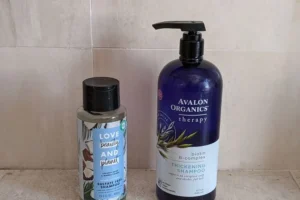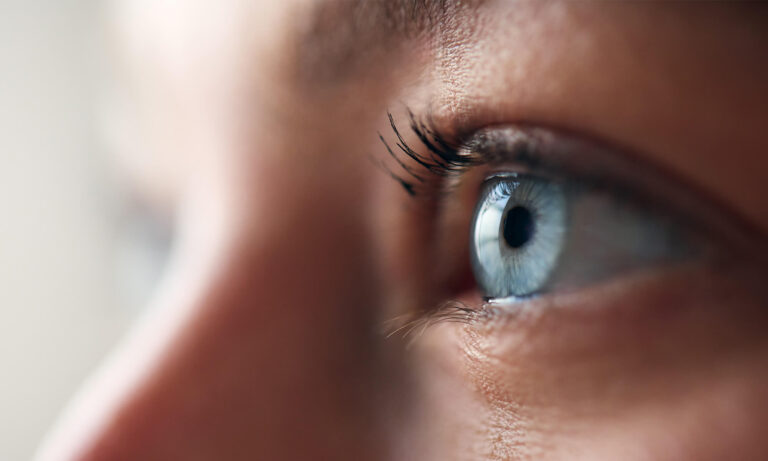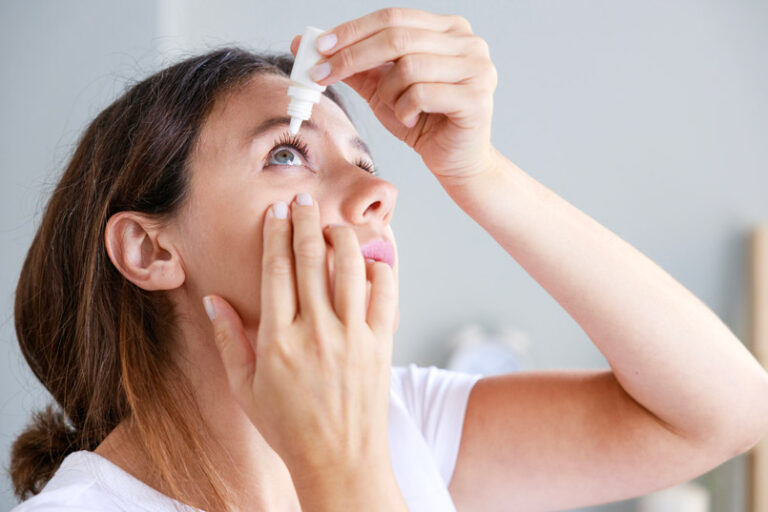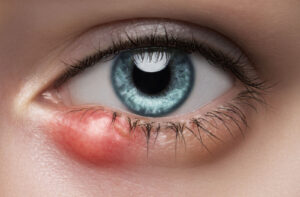Conjunctivitis, commonly known as pink eye, is an irritating condition that affects millions of people every year. Whether caused by bacteria, viruses, or allergens, conjunctivitis leads to redness, itching, and discomfort in the eyes. One of the most effective ways to alleviate these symptoms is through the use of eye drops. In this article, we’ll explore the best eye drops for conjunctivitis, detailing the types available, how they work, and what to consider when choosing the right one for your needs.
What Is Conjunctivitis?
Conjunctivitis is an inflammation or infection of the conjunctiva, the thin, transparent layer of tissue that lines the inside of the eyelid and covers the white part of the eye. The condition is often recognizable by its characteristic red or pink appearance, which is why it’s commonly called “pink eye.”
Causes of Conjunctivitis
There are several causes of conjunctivitis, and the treatment can vary depending on the type:
- Bacterial Conjunctivitis: Caused by bacteria like Staphylococcus aureus or Streptococcus pneumoniae, this type often results in a thick, yellow-green discharge.
- Viral Conjunctivitis: Often associated with the common cold, this type is caused by viruses and typically results in watery discharge.
- Allergic Conjunctivitis: Triggered by allergens such as pollen or pet dander, this type causes red, itchy eyes with excessive tearing.
- Irritant Conjunctivitis: Caused by exposure to irritants like smoke or chlorine, this type often clears up once the irritant is removed.
Symptoms of Conjunctivitis
Understanding the symptoms is crucial for identifying the type of conjunctivitis and choosing the appropriate eye drops:
- Redness: A hallmark sign of all types of conjunctivitis.
- Itching: Particularly common in allergic conjunctivitis.
- Discharge: Can be watery or thick, depending on the cause.
- Swelling: The eyelids may become puffy and sensitive.
- Sensitivity to Light: Some people may find bright lights uncomfortable.
Types of Eye Drops for Conjunctivitis
Not all eye drops are created equal. The best eye drops for conjunctivitis depend on the underlying cause of the condition. Here are the main types:
1. Antibiotic Eye Drops
Best for Bacterial Conjunctivitis: Antibiotic eye drops are prescribed to treat bacterial infections. They work by killing the bacteria causing the infection, reducing symptoms, and preventing the spread of infection. Common antibiotic eye drops include:
- Tobramycin: Effective against a wide range of bacteria.
- Erythromycin: Often used for mild bacterial infections.
- Ciprofloxacin: A strong antibiotic for more severe cases.
How to Use: Typically, these drops are used multiple times a day for 7-10 days, depending on the severity of the infection.
2. Antiviral Eye Drops
Best for Viral Conjunctivitis: Though viral conjunctivitis often resolves on its own, antiviral eye drops can be used in more severe cases caused by viruses like herpes simplex. These drops help to reduce the severity and duration of the infection. Examples include:
- Ganciclovir: Commonly prescribed for viral infections.
- Trifluridine: Used for herpes simplex eye infections.
How to Use: These drops are typically prescribed by a healthcare provider and used as directed.
3. Antihistamine Eye Drops
Best for Allergic Conjunctivitis: Antihistamine eye drops are designed to reduce the symptoms of allergic conjunctivitis by blocking the action of histamines, which cause itching and swelling. Popular choices include:
- Olopatadine: Known for its effectiveness in relieving itching.
- Ketotifen: A fast-acting drop that provides relief within minutes.
How to Use: These drops are often used twice a day during allergy season or when symptoms flare up.
4. Artificial Tears
Best for Irritant and Mild Viral Conjunctivitis: Artificial tears are over-the-counter eye drops that help to lubricate the eyes, flush out irritants, and soothe mild symptoms. They are often recommended for:
- Lubrication: Reducing dryness and irritation.
- Flushing: Helping to remove allergens or irritants from the eye.
How to Use: These drops can be used as needed throughout the day, and they are safe for frequent use.
5. Decongestant Eye Drops
Best for Redness Relief: These drops contain vasoconstrictors, which shrink the blood vessels in the eye, reducing redness. While they provide temporary relief, they are not recommended for long-term use. Examples include:
- Naphazoline: Common in over-the-counter redness relief drops.
- Tetrahydrozoline: Another popular ingredient for redness relief.
How to Use: Use these drops sparingly, as overuse can lead to rebound redness.
Factors to Consider When Choosing Eye Drops
Selecting the best eye drops for conjunctivitis involves considering several factors:
1. Type of Conjunctivitis
As mentioned, the cause of your conjunctivitis will largely dictate the type of eye drops you should use. Always consult with a healthcare provider to ensure you’re using the correct treatment.
2. Allergies
Some people may be allergic to certain ingredients in eye drops. It’s important to check the ingredients list and consult with a healthcare provider if you have known allergies.
3. Frequency of Use
Some eye drops, especially those containing vasoconstrictors, should not be used frequently or for extended periods. Make sure to follow the recommended usage instructions.
4. Contact Lenses
If you wear contact lenses, you need to be cautious about the type of eye drops you use. Some drops are not compatible with contact lenses and can cause irritation.
How to Properly Use Eye Drops
Using eye drops correctly is crucial for effective treatment. Here’s a step-by-step guide:
- Wash Your Hands: Always start by washing your hands thoroughly with soap and water.
- Shake the Bottle: If instructed, shake the bottle to mix the contents.
- Tilt Your Head Back: Look upward and pull down your lower eyelid to create a small pocket.
- Apply the Drop: Hold the bottle above your eye and squeeze one drop into the pocket. Avoid touching the tip of the bottle to your eye.
- Close Your Eye: Gently close your eye and press the corner of your eye near your nose to prevent the drop from draining away too quickly.
- Repeat if Necessary: If you need more than one drop, wait a few minutes before applying the next one.
When to See a Doctor
While many cases of conjunctivitis can be treated with over-the-counter eye drops, there are times when professional medical advice is necessary:
- Severe Pain: If you experience severe pain, you should see a doctor immediately.
- Vision Problems: Any sudden changes in vision should be evaluated by a healthcare provider.
- Persistent Symptoms: If your symptoms don’t improve within a few days of using eye drops, it’s time to consult a doctor.
- Unusual Discharge: Thick, green or yellow discharge may indicate a more serious infection that requires prescription medication.
Preventing Conjunctivitis
Preventing conjunctivitis involves good hygiene practices and being mindful of your environment:
- Wash Hands Regularly: Hand hygiene is essential, especially after touching your eyes or face.
- Avoid Sharing Personal Items: Do not share towels, pillowcases, or makeup with others.
- Keep Your Environment Clean: Regularly clean surfaces that you frequently touch, such as doorknobs and keyboards.
- Manage Allergies: If you have seasonal allergies, take steps to minimize exposure to allergens.
Home Remedies for Conjunctivitis
While eye drops are often the best treatment for conjunctivitis, some home remedies can complement treatment:
- Cold Compresses: Applying a cold compress can help reduce swelling and discomfort.
- Warm Compresses: For bacterial conjunctivitis, a warm compress can help to soften and remove crusty discharge.
- Salt Water Wash: A saline solution can help to flush out irritants and soothe the eyes.
Conclusion
Choosing the best eye drops for conjunctivitis depends on the type of conjunctivitis you have. From antibiotic and antiviral drops for infections to antihistamine drops for allergies, there is a wide range of options available. Always consider factors like the type of conjunctivitis, potential allergies, and proper usage to ensure you choose the most effective treatment. And remember, if symptoms persist or worsen, seeking professional medical advice is crucial. Taking preventive measures and using the right eye drops can help you manage conjunctivitis effectively and keep your eyes healthy and comfortable.













